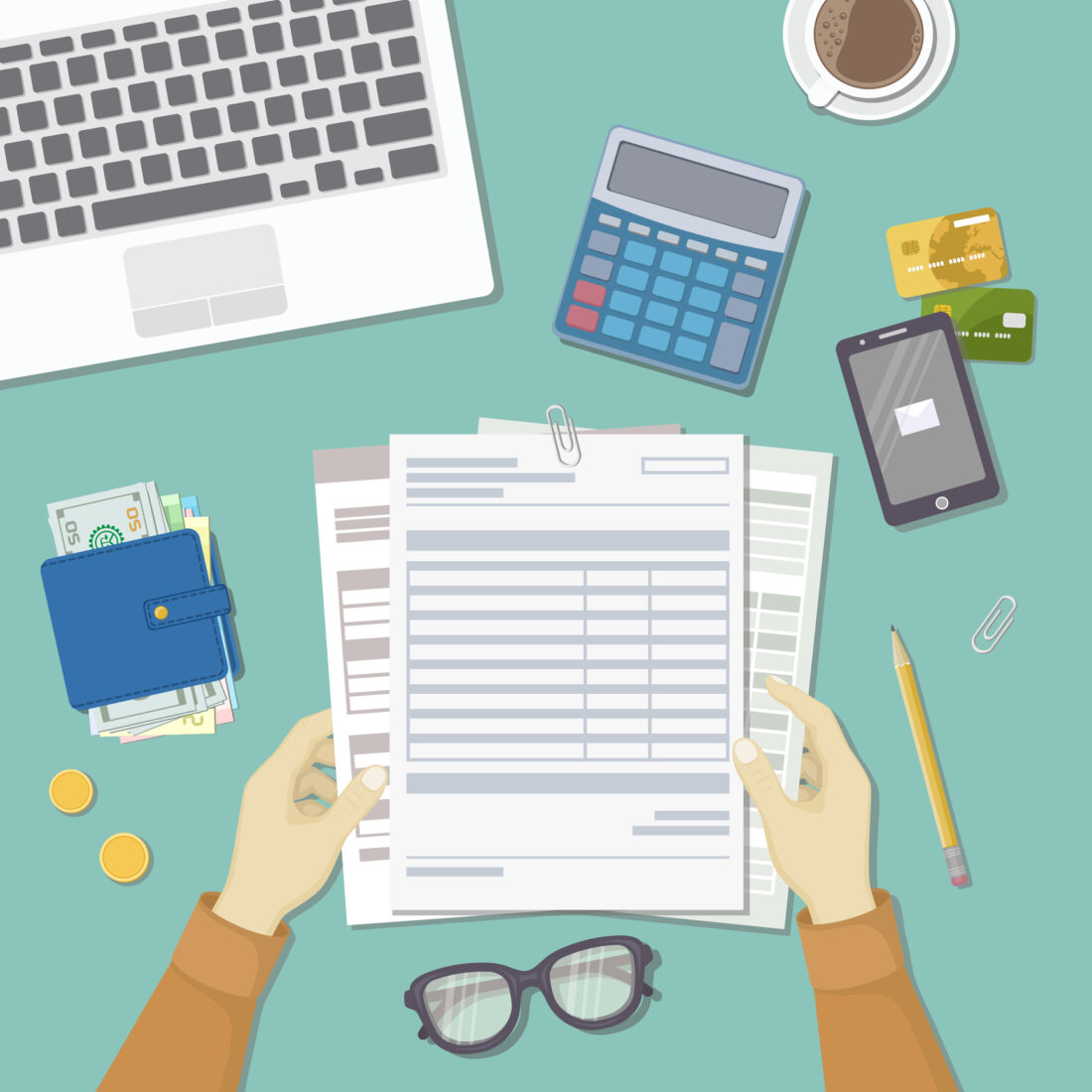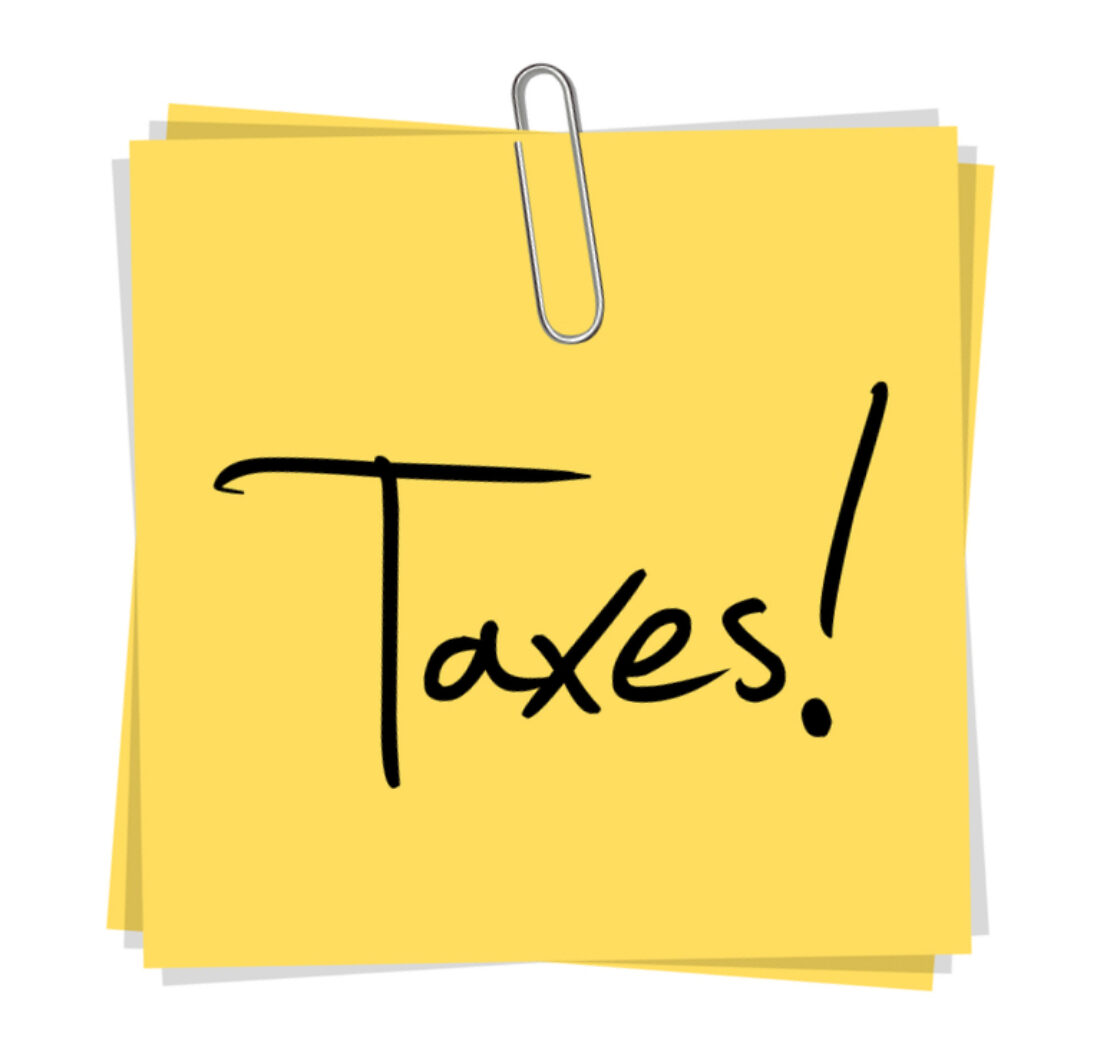What You Need to Know About Marriage Allowance
- Common questions about Marriage Allowance
- Qualifying Marriage Allowance checks you can do
- How your tax code for Marriage Allowance will change
If you’ve yet to make use of the Marriage Allowance, it’s a useful way to give you a little more disposable income. Acting as a form of tax relief, you work together as a couple to reduce the amount of tax the higher earner pays. This article will look at what the Marriage Allowance consists of, how you can qualify and various other useful pieces of information. From how to cancel the tax allowance to how far you can backdate it, all you need to know is here.

What's On This Page?
Click the links below and head straight to a specific section of the article.
How the Marriage Allowance Works
The main element of the Marriage Allowance concerns your personal allowance. This is simply the amount you can earn tax-free every year before you need to start paying tax, which is currently at £12,570. It’s beneficial for a married couple because a lower earner can transfer 10% of their allowance to their partner in order to receive more money tax-free. Both personal allowances are adjusted in a way to reflect this change so any tax credit equivalent is deducted.

The lower earner needs to apply for the Marriage Allowance to start it. A maximum of £1,260 can be transferred to the higher earner’s personal allowance. By earning less than £11,310, you won’t have to pay tax if you transfer the full amount. While your partner’s allowance will increase, yours decreases, leaving you liable to pay tax if you start earning more than £11,310 a year.
If you’ve transferred your allowance to your higher earning partner, and you then earn more than £11,310, but below £12,570, you will still save money as a couple, but not as much as if you were below the tax threshold. Once applied for, Marriage Allowance automatically renews every year.
If You Start Paying Tax
As the lower earner, if you’ve transferred some of your personal allowance to your partner and then start earning enough to pay tax, HMRC will not know until the end of the tax year. You could receive a P800 form, which is how they calculate how much tax you then owe. This will also change your tax code, which is how you’ll pay it back. If you’re self-employed, you’ll pay the tax back through your self-assessment instead.
How to Qualify
Not all couples will be able to make use of the Marriage Allowance, as it’s restricted to how much you earn. The lower earner who’s transferring their personal allowance must be earning less than £12,570. This amount is reviewed every year. The higher earner must not earn more than £50,270. In other words, the partner paying tax has to be a basic rate taxpayer earning more than £12,570.

You can run a basic Marriage Allowance check by ticking off the below.
The lower earner must earn less than £12,570
The higher earner must earn between £12,571 and £50,270
If you’re living together, but not married, you won’t qualify. Marriage Allowance is also applicable for those in a civil partnership, so no discrimination is involved.
If you were born before 5th April 1935, or your partner was, you are entitled to the Married Couple’s Allowance instead. As long as you’re both born after this date, you can apply for the Marriage Allowance.
Can You Cancel Marriage Allowance?

As the tax relief renews by itself every year, you might be worried about how this will affect you if your situation changes. If the lower earner starts earning more than the personal allowance and both partners are paying tax, you will be worse off. Fortunately, you can cancel the Marriage Allowance. You will need to contact HMRC to get them to dissolve the arrangement. Divorce will also cancel out the allowance.
Once cancelled, the allowance stays the same until the end of the tax year. However, if the relationship has ended, you can backdate the claim to the start of the current tax year. This could have the effect of making you or your partner underpay tax for the year.
What Happens If a Partner Dies?
If one of you dies, then the Marriage Allowance affects their estate. If the higher earner dies, they will keep the increased personal allowance and the lower earner’s allowance will go back to normal. If the lower earner dies, the higher earner’s personal allowance will stay at the increased level until the end of the tax year and the lower earner keeps the lesser personal allowance.
Since 2017, it’s been possible to claim Marriage Allowance after one or both partners have died, and to also backdate it by up to four years. Either a surviving partner or a personal representative can put the claim forward in line with existing rules. This measure is designed to support the bereaved.
Important Points
Tax Code

The tax code for Marriage Allowance is reflected in different ways for the receiver of the personal allowance and the transferrer. You will usually see either an M or an N in front of your tax code. M is for the higher earner getting a larger personal allowance, while N is for the lower earner who has transferred their personal allowance.
If you cancel the allowance, the tax code for Marriage Allowance will change again to reflect your status. This will look more like your regular tax code that you had before.
Backdate
If you’ve yet to apply for Marriage Allowance, you will be pleased to hear that you can backdate the claim by up to four financial tax years. As long as you were eligible in the previous years you’re claiming, this will not be an issue.
Do Self-Employed People Qualify?
Those that are self-employed can also apply for the Marriage Allowance, as long as the income bands are the same. The lower earner needs to not exceed £12,570 and the higher earner must be earning between £12,570 and £50,270.
Maternity/Paternity Leave
If you’re off work after having a child, and your income decreases below the £12,570 threshold, you can apply for the Marriage Allowance to transfer 10% of your personal allowance to your higher earning partner.
Are you aware of these tax benefits of the Marriage Allowance?
Related articles

What Martin Lewis Has Said About Marriage Tax Allowance

Are Married Couples Taxed Separately in the UK? The Tax Benefits of Marriage

Retirement and the Marriage Allowance

How Do I Claim a Marriage Tax Allowance Refund?

Civil Partnerships - Can You Still Claim HMRC Marriage Allowance?

The Marriage Allowance: How It Works and How To Claim It

Marriage Tax Allowance and Married Couple’s Allowance 2024







